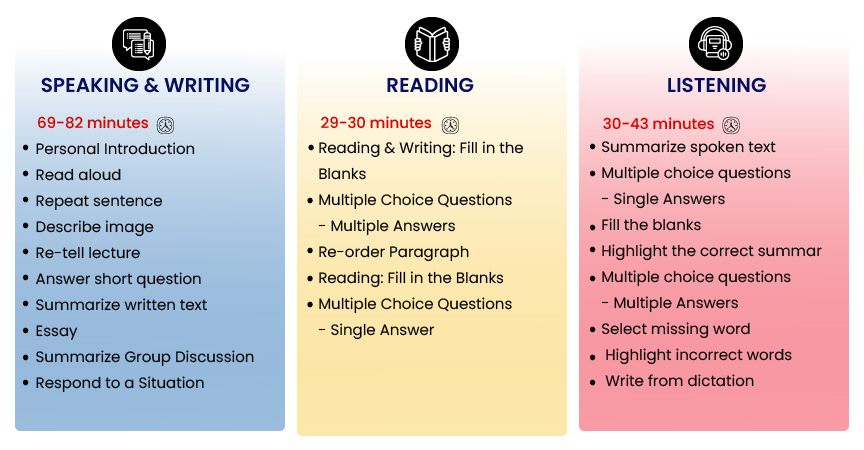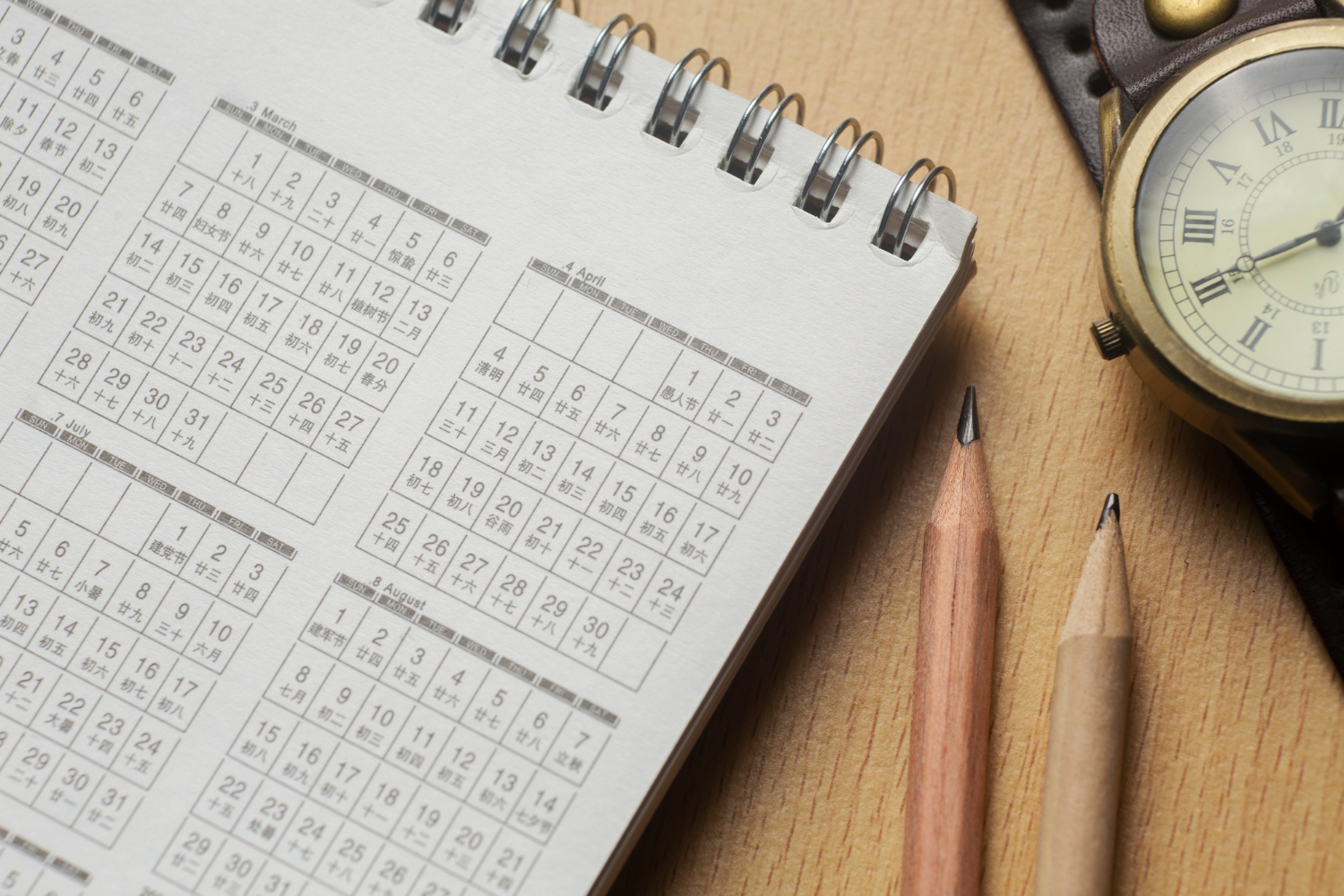Avoid These Typical Duolingo Describe Image Mistakes in 2025

Strong 8k brings an ultra-HD IPTV experience to your living room and your pocket.
The Duolingo Describe Image task is not only about describing a picture; it's also about understanding the context behind it. Instead, this test is about staying calm and choosing words quickly. If you are taking the exam, you must make sense under pressure. Your fluency score can take a hit with only one bad sentence or one awkward pause. But guess what? Most test-takers make these blunders in the same way. These are not major grammar blunders or big vocabulary issues. Instead, they are small habits that are easy to overlook. However, they are easy to fix at the same time. Follow this article to break down the most common mistakes in Duolingo's Describe Image task. Learn to avoid them for a cleaner, smoother response.
Duolingo's Describe Image: Common Mistakes & Their Remedy
Do you keep messing up the Duolingo Describe Image task? You are not alone. Follow the pointers below to find what most people get wrong. Moreover, you can explore ways to fix it fast.
1. Saying "This is a picture" (and nothing else)
Why is it a mistake?
Such a statement is flat and wastes time. Most importantly, it tells the grader nothing. "This is a picture. There are things. I think it is nice." See how weak that sounds? In short, you are burning seconds on a vague statement. Moreover, you are not describing anything.
So, how can you fix it?
Firstly, you can start with a strong statement. For instance, you can use one sharp, confident sentence. For example: "This image shows a crowded marketplace in the evening." "In this picture, a group of students are working on a project." In short, you must only state what you see directly. When it comes to the Duolingo Describe Image task, using small talk is meaningless in this context.
2. Trying to Describe Everything
Why is it a mistake?
You only get a limited time to complete the Duolingo test. If you try to name every object, colour, and background detail, your speech gets messy. Moreover, you ramble and panic. Honestly, the graders do not care if you miss a small detail in the corner.
How to Fix it:
In the Duolingo Describe Image task, you should only pick 3–4 key things. After that, focus on the main subject, then 1–2 supporting details. That is it. You can also try this structure:
"The main focus is [main thing]."
"In the background, there is [detail]."
"It seems like [guess/interpretation]."
Hence, in this way, you can tailor your description to be clean and focused.
3. Describing Only the Objects, Not the Scene
Why is it a mistake?
Simply stating, "There is a boy. There is a tree. There is a dog." does not convey a story. Remember, it sounds too robotic to describe like that. Moreover, Duolingo is testing your language use, not your ability to list nouns.
How to Fix it:
You can add small touches of context. This approach is notably useful in Duolingo Describe Image tasks:
What are they doing?
How do they seem?
Where might this be?
For example:
"A young boy is reading under a tree, possibly in a park."
"The scene looks peaceful and quiet, maybe during the afternoon."
In this way, you can make your answer feel more natural.
4. Speaking Too Fast to Fit More In
Why is it a mistake?
Yes, the timer is limited in Duolingo's Describe Image task. However, you cannot panic at this stage. Remember, rushing leads to mumbled words, unclear grammar, and a shaky voice. Moreover, fluency is not about speed. Instead, it is about control.
How to Fix it:
You should practice description slowly. Moreover, it should be steady and clear. Rather than squeezing in ten rushed sentences, aim for 5–6 strong ones. You can practice with a metronome-like rhythm if needed. In short, your speech will sound calmer and more confident. Try this technique with common Duolingo speaking topics to build fluency and control under pressure.
5. Using Filler Phrases or Repeating Words
Why is it a mistake?
Filler phrases like "I think maybe possibly" or repeating "there is" show you are unsure. Moreover, a description like this dilutes your message.
How to Fix it:
You should use varied sentence starters like:
"In the centre"
"To the left/right"
"It looks like"
"People appear to be"
So, mix these sentence starters in your description more often. This way, you can show a word range. Most importantly, you can avoid sounding like a loop by using this approach.
6. Guessing or Making Up Unrealistic Stories
Why is it a mistake?
Imagination is good, but there is a line. If you say, "This man is probably an astronaut who landed in a desert," and the image shows a guy hiking, that is just bizarre. Duolingo does not expect fiction. Instead, it expects a reasonable interpretation.
How to Fix it:
You must only add light guesses in your description:
"He might be taking a break after a long walk." "They could be celebrating something."
Hence, you should use modals like might, could, and seems like. As a result, you can add gentle speculation.
Summing It Up
Everyone slips up. You will, too. However, each of these mistakes can be spotted, corrected, and trained out. So, the goal is not to speak like a news anchor. Instead, your aim should be to communicate confidently and naturally within seconds. Remember, the Duolingo Describe Image task is a skill. Like any skill, you learn by doing, reflecting, and adjusting. So, go ahead and make the mistakes. However, you must not repeat them more often. Instead, you must follow a quick checklist before you speak:
Strong first line
3–4 clear details
Varied sentence structures
Calm conclusion
Hence, these steps apply to most Duolingo speaking topics, not just a single task.
Note: IndiBlogHub features both user-submitted and editorial content. We do not verify third-party contributions. Read our Disclaimer and Privacy Policyfor details.







